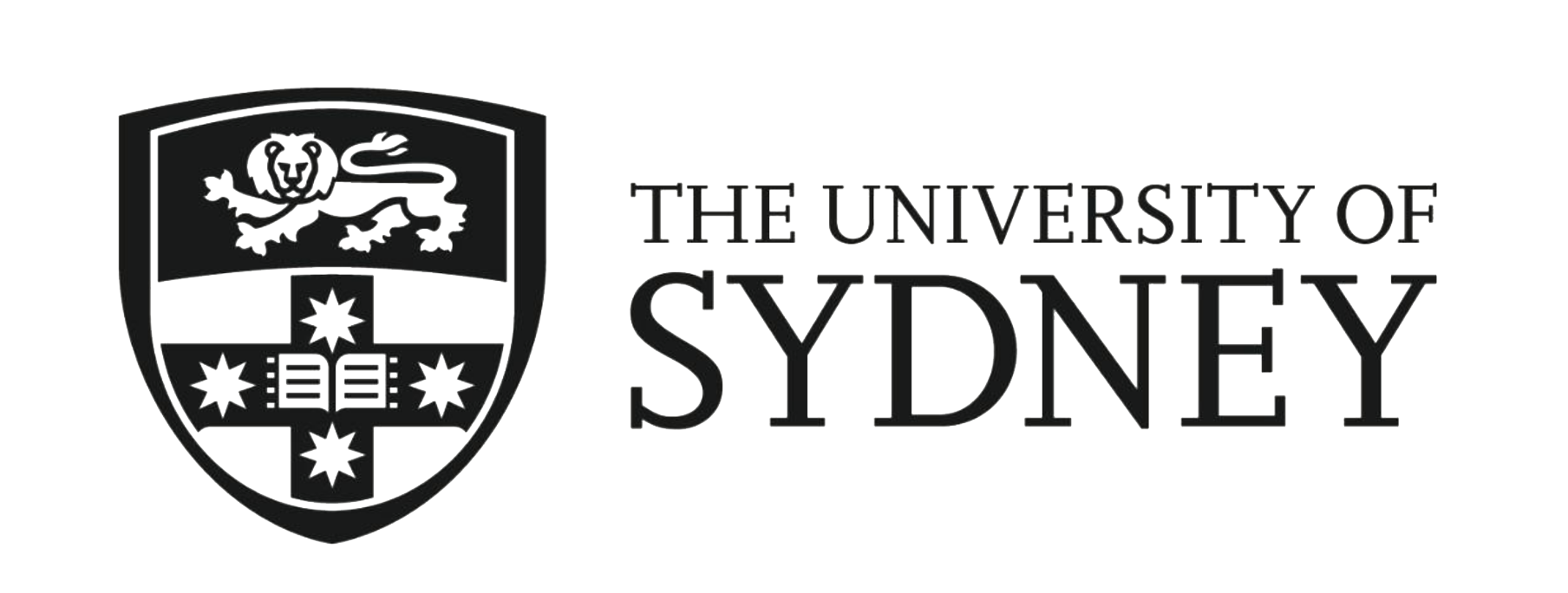 In a novel form of engagement, we are presenting here ten questions to Susanne Soederberg on her recent award-winning book Debtfare States and the Poverty Industry, which have been put together by those members of the Past & Present Reading Group that collectively completed the book. A review of the book was provided by one member, Gareth Bryant, and is available HERE.
In a novel form of engagement, we are presenting here ten questions to Susanne Soederberg on her recent award-winning book Debtfare States and the Poverty Industry, which have been put together by those members of the Past & Present Reading Group that collectively completed the book. A review of the book was provided by one member, Gareth Bryant, and is available HERE.
There is also a series of different contributions collated in Debating Debtfare States, which is a feature of the Progress in Political Economy blog dedicated to the book. We are delighted that Susanne Soederberg will be replying to the following ten questions to complete a unique form of exchange on this important book, which breaks new ground in examining emerging forms of governance based on the political-economic mechanisms linked to the expansion of credit and state strategies to legitimise social reproduction through private debt.
- In terms of the origins of the social power of money what does Debtfare States and the Poverty Industry tell us about the “who of power?” in relation to finance?
- To what extent have the disciplinary mechanisms of state-embedded consumer credit superseded Marx’s emphasis on labour productivity as the “most powerful lever of accumulation” in the reproduction of the surplus population?
- Has the rise of credit-led accumulation fundamentally altered what class means in modern capitalism? Put otherwise, to what degree does the normalisation of expensive credit displace the problems of class society that Marx describes, like poverty, wage suppression and unemployment, into a new sphere?
- Your analysis of the contradictions of credit money refers extensively to David Harvey The Limits to Capital and particularly his assertion that ‘no matter how far afield a privately contracted bill of exchange may circulate, it must always turn to its place of origin for redemption’ (p. 34). In a global political economy of austerity where the public have had to ‘bail-out’ bankers across multiple sites (e.g. US, Eurozone crises), in what ways does Harvey’s assertion still hold up?
- You describe the process of neoliberalisation as a ‘continual attempt to reconstruct’ the state along the ‘utopian premises of neoclassical economics’ (p. 52). In this view, are neoliberalism and neoclassicism synonymous?
- In much Marxian literature ‘spatio-temporal’ fixes are seen as economy-wide, pivotal changes —i.e. Wolfgang Streeck’s narrative in Buying Time: The Delayed Crisis of Democratic Capitalism viewing the crisis of the 1970’s as being ‘fixed’ first through inflation, then public debt, then private debt. When more-specific processes are identified as spatio-temporal fixes— such as ‘creative lawyering’ and the ‘private shaping of legal regulation’ as you detail (p. 172)—are we still talking about the same process? In particular, what are the implications for agency between what we might call ‘micro-’ and ‘macro-’ fixes?
- You argue that ‘neoclassical economics formed the intellectual basis for guiding state policy in the United States in the late 1970s because it was widely accepted by dominant classes at a particular point in history’ (p. 50). But does this, in the terms of Damien Cahill’s The End of Laissez-Faire? On the Durability of Embedded Neoliberalism, produce an ideas-centred constructivist account of the changes driving the state and economy?
- In your discussion of the role of law within the field of the state, law is seen as playing a ‘dual role of disciplining labour, while recreating . . . the illusion of a neutral state through the masking of extra-legal powers’ (p. 172), with this statement supported by reference to Ian Bruff’s article, ‘The rise of authoritarian neoliberalism’. Observing the increasing tendency to isolate economic policy away from democratic influence via legal and constitutional means, Bruff—through reference to Nicos Poulantzas’ State, Power, Socialism—sees this process as paradoxically strengthening AND weakening the state. Does this ‘strengthening-weakening’ dynamic also hold in the instance of debtfare states?
- Is debtfarism merely the next logical step in the evolution of capitalism, or something more/different?
- Throughout the book, you make numerous references to the potential for the discipline of the market—through the social power of money and its buttressing by the debtfare state—to be brought to bear unevenly on marginalised groups, variously gendered and/or racialised. Can you point to any exemplary works on the matter, or any potential avenues for further analysis, you would like to see covered in the future?




Comments